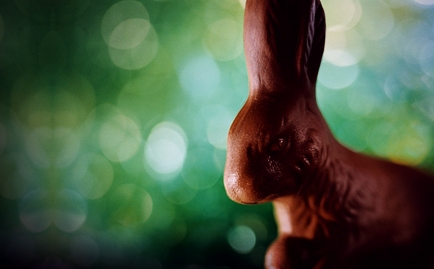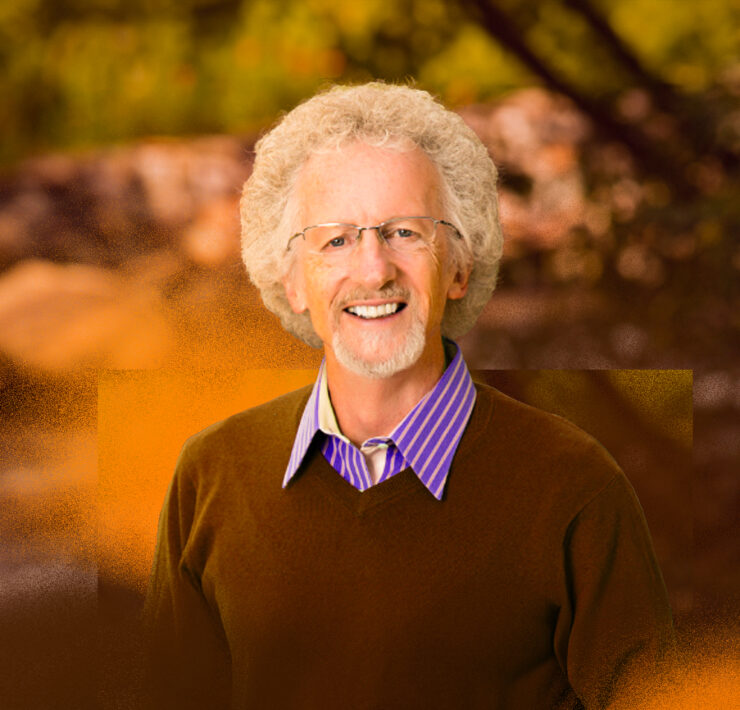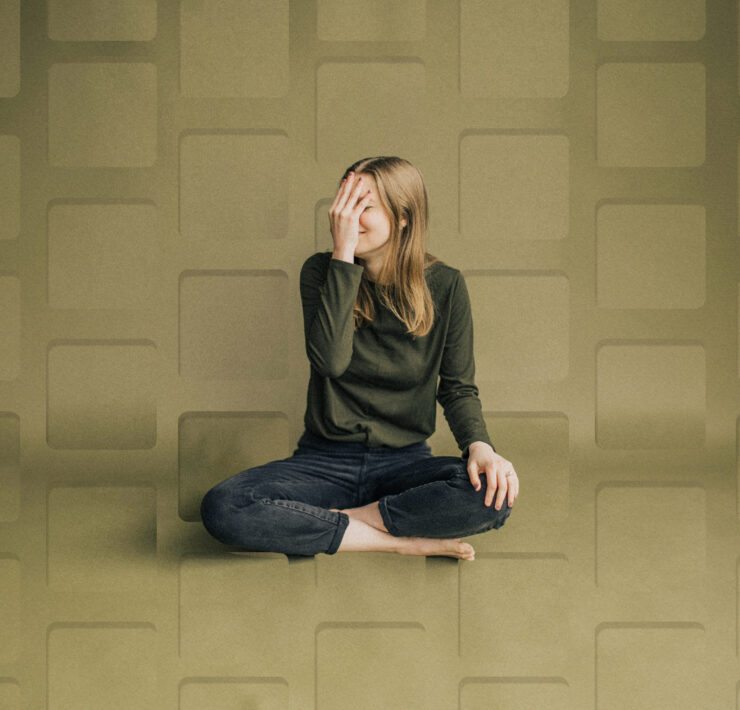We exist in a Saturday world. Between Friday and Sunday, when the world was still, the tears fresh, the grave sealed—the darkest day past, a brighter morning imminent—but until then … waiting.
Life is about waiting, and art excels at capturing this. As I write, I am in a relatively stressful state of limbo—changes coming, waiting to see what course my life will take from this point on. We are all waiting for things, constantly. Our schedules are regimented, our appointments calculated, our calendars marked. What else can we do but wait in a world driven by such a curious thing as time?
This is Saturday. Sunday is the answer to the hole in our heart, the long-sought love, the tension that is time. I’m listening to Cat Power’s new album now, and she is singing the words Where is my love? I don’t know, but I think we all feel that question every day of our lives.
God created the world in time—six days—but also made room for an “off the clock” escape: the Sabbath. A day to forget the hustle, the hurry, the heaviness of circadian cycles. This special time was meant to be holy—a time of peace and reflection where we might taste the eternal God without the pesky interruptions of eternity’s antithesis (the clock).
But the paradox of the Sabbath is that we have such a hard time taking a break from the world. How often have you forced yourself to take a day off, only to spend the whole time thinking through your schedule or “to do” list for the future? Our free moments are often spent “counting down” until we can resume real life. Imagine the challenge it must have been for Mary Magdalene and Mary the mother of Jesus to wait through the Sabbath before they could bring anointing spices to Jesus’ grave. Imagine that painful dialectic of being at peace vs. waiting.
It is no accident that Jesus died on the eve of the Sabbath and then rose again when time “started up” again. How ironic that His absence from those who loved him spanned the day designed for us to feel Him closest. But perhaps that’s the point. Perhaps the struggle of that Sabbath—finding peace and rest amid abandonment (Jesus was gone) and uncertainty (God was silent)—is a metaphor for existence at large.
“Ours is the long day’s journey of the Saturday,” wrote literary critic George Steiner in Real Presences. “Between suffering, aloneness, unutterable waste on the one hand and the dream of liberation, of rebirth on the other.” But it is precisely in this lasting Saturday—this divine discontent, this limbo—that art finds a reason to exist.
I’ve seen a lot of “Friday” art in my life. You know, the really dark and depressing stuff that hipsters cling to and art museums solicit. This is Aronofsky’s Requiem For a Dream, Hemingway’s For Whom the Bell Tolls, Pedro the Lion’s Control, Holbein’s The Body of the Dead Christ in the Tomb. To be sure, these are beautiful things, and in their darkness and discontent they carry a throbbing pulse of life and even grace. But it is still very stark, sin-centric and Fall-focused. Eden, heaven, Sunday, redemption … all are almost unthinkable. Against the bleakness of Friday, Steiner notes, “even the greatest art and poetry are almost helpless.”
But then I’ve also seen my fair share of “Sunday” art. These are the “all is well, the Garden is redeemed” dreamscapes of hope, love and happiness. This is Thomas Kinkade, Celine Dion, 90 percent of all Disney movies and 80 percent of all Christian music (these stats are not scientific). There is beauty here as well, but so much of it is disingenuous gloss and happy-face faux. This art looks only forward and jumps the gun with the whole “unresolved tension in our fallen world” idea. In such a utopian state, argues Steiner, the arts “no longer have logic or necessity.”
But in this long day’s journey that we all tread—this “Saturday” existence—art is the fuel that keeps us going. We are stuck here in time, looking forward and backward for Eden. What we were created to be is lost, though still felt in moments of memory lapse and epiphany. This is art.
The art that touches me the most is the stuff that fills my heart with the ghostly echo of communion and enlivens the weight of otherness that is ever-present in our souls. I love films like Lost in Translation or Before Sunset, which show the holiness of unexpected connection in our otherwise alienated lives. And Sufjan Stevens, who elegantly melds a mournful awareness of man’s brokenness with a childlike wonder at the world’s vestiges of beauty, also affects me deeply. Whether it is Sufjan seeing God in a bird on a bayou, or F. Scott Fitzgerald grasping for a never-found fulfillment in a green light across the bay, art is full of the symbols and seeds of a once and future Eden.
Art is at its best when it has tension. Why? Because existence is unresolved tension. Music requires minor chords and dissonant themes before it can resolve. Films spend most of their time in the second act, putting constant roadblocks in the protagonist’s path to redemption. Books do the same. Art is our way of reflecting upon the limbo status of living on earth and plowing the path from birth to death. “It is poetics,” says Steiner, “which inform us of the visitor’s visa in place and in time which defines our status as transients.”
And this is the key to why embodying “Saturday” is the highest calling of art. When we are reminded of our impermanence and that “this too shall pass,” we are reoriented toward that which is eternal. I don’t think I’ve ever felt closer to God than in the moments when I feel—tangibly, often through art—the evanescence of this human life. Watching Tokyo Story or The Thin Red Line, listening to the Trespassers William version of “Vapour Trail,” or feeling Emily Dickinson’s despair when she writes, “Infinitude – Had’st Thou no Face / That I might look on Thee?” These are but a few examples of how art captures the tug of war between Friday and Sunday that is our Sabbatarian existence.
Life is not all bad and certainly not all good, and the greatest arts are the ones that acknowledge this fact. In God’s perfect plan, He sent His son to die at the hands of the world and then rise again to redeem it. But He put a space in between those two momentous events—a space of a day. A day of rest. The Sabbath. Now we live on in that day, because even though we are redeemed and our hope is assured in Christ’s victory, we still live on this rock. We are still fallen, temporal, estranged creatures and God is somewhere beyond the clouds. We must press on and wait for the final Sunday foretold by the original Easter. Until then, one salve we have is the arts, which tell of pain and hope, the cross and the clouds. “They have risen out of an immensity of waiting which is that of man,” concludes Steiner. “Without them, how could we be patient?”





















